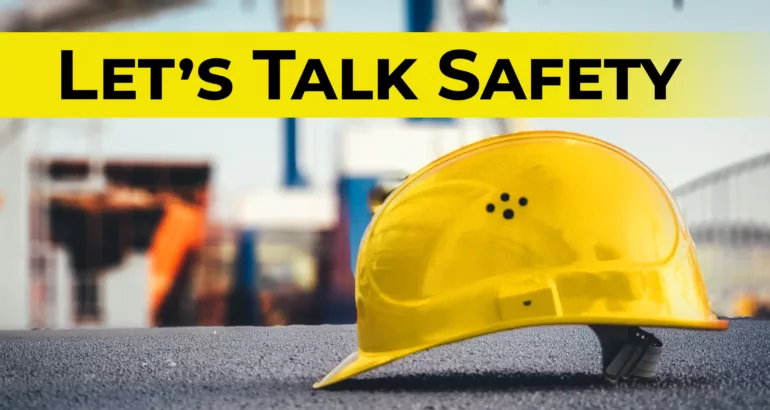Employee #1 and another employee were helping to load concrete piling from storage to a flatbed truck. The piling was on top of two other stacked concrete pilings. This stack of piling was within two feet from another stack of piling, so that there was limited room for the employees to work in between the two stacks.
Employee #1 and the other employee were to attach slings to the piling, and a crane was to be used to lift the piling. Employee #1 attached a nylon sling to one end of the piling, and the crane lifted the piling a few inches so that he could place a block of wood under the piling on his end and the other employee could place a sling on the other end. When this was done, the crane lowered the piling onto the block of wood. The sling that was used to initially raise the piling was removed from the crane attachment by Employee #1.
The piling was not placed completely on top of the block of wood. Only a portion of the piling was on the block of wood. When Employee #1 was removing the nylon sling from the end of the piling to reposition it, the piling slipped or rolled from the block of wood, and struck Employee #1’s chest or mid torso. He was hospitalized for his injuries and died 12 days later from a possible massive myocardial infarction or a massive pulmonary embolism.
What went wrong? Insufficient room was allowed for the employees to ensure that each pile was securely placed on the wood block. If the operation was planned at all, it may have required too much piling to be placed on each load to move the piling safely.









